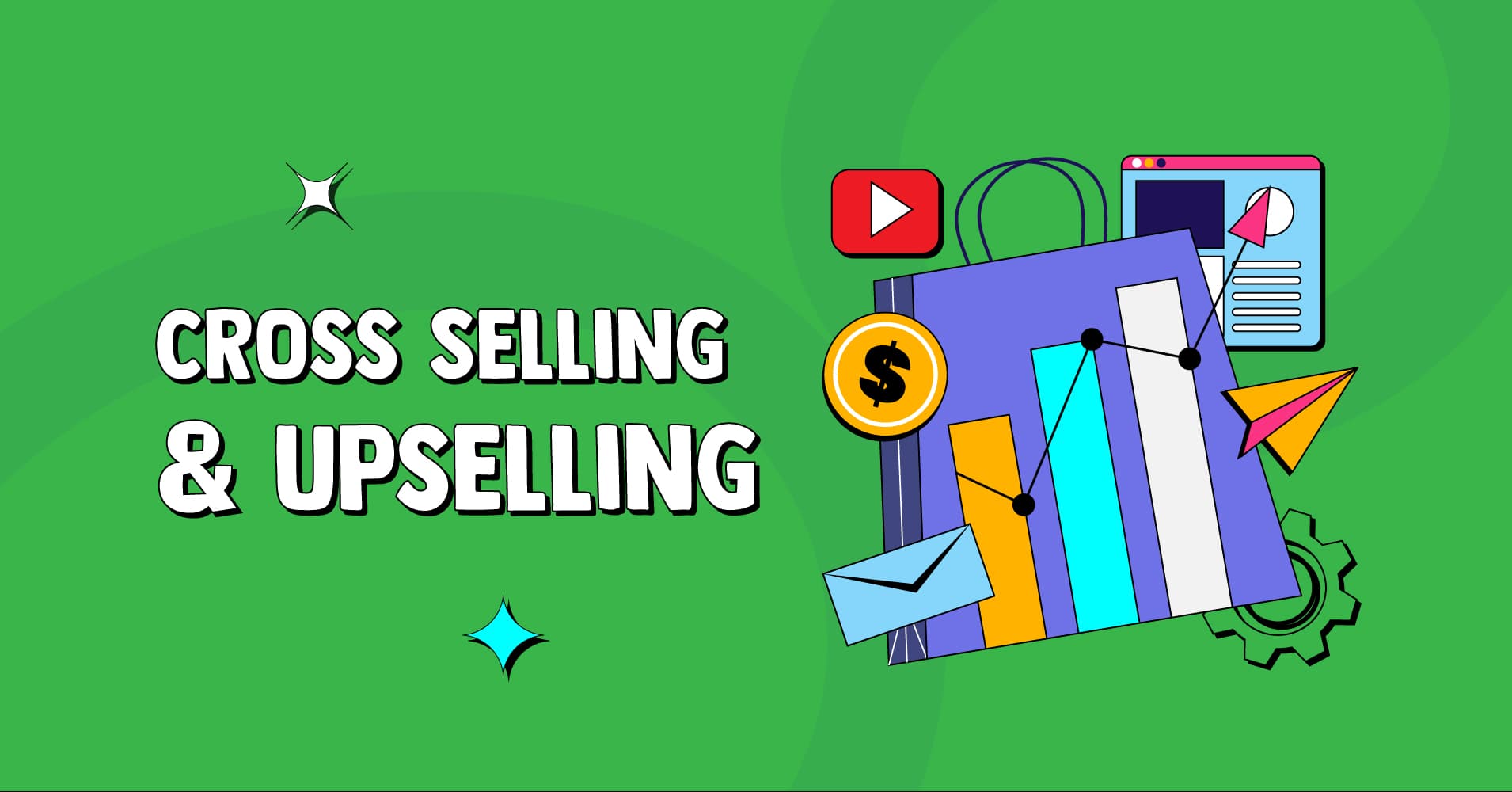
Cross-Selling VS Upselling: A Simple Guide
Imagine stepping into a mobile showroom to purchase a new smartphone. As you explore its features, a helpful salesperson approaches. They inform you about a smartwatch from the same brand that can seamlessly sync with the phone. If you take the smartwatch, that will be an example of cross-selling.
But that’s not all. After using the phone for a year, you return to the store to explore the latest models. The salesperson seizes the opportunity to present an enticing offer: an upgraded smartphone with a larger screen, faster processor, and advanced camera technology. This is an example of upselling.
So, after a primary sale, there are still more opportunities to gain revenue from your customers (by actually benefiting them). And, cross-selling and upselling can help you unlock that potential.
Without wasting any more time, let’s delve into cross-selling vs upselling. Here, we will understand the numerous benefits they offer, explore the right strategies, and observe how they can bolster your revenue & customer’s buying experience.
What is cross-selling?
Cross-selling is a sales strategy where additional products are suggested to customers that fulfill complementary needs related to their original purchase.
It can be seen across different industries, such as recommending a matching belt to customers purchasing a new pair of shoes or suggesting a phone case to someone buying a new smartphone.
In the software industry, cross-selling is commonly employed through support tickets, yearly subscription upgrades, website ads, newsletters, and lifecycle campaigns.
Its effectiveness lies in generating repeat purchases and introducing customers to previously unknown product offerings. Overall, cross-selling enhances the customer experience by expanding their options and demonstrating the retailer’s ability to meet various needs.
What is upselling?
Upselling is a sales technique to get customers buy a fancier or pricier version of what they were originally intended to get.
It often utilizes comparison charts to highlight the enhanced value of higher-end options. Unlike cross-selling, upselling focuses on increasing the order value. It is by suggesting upgrades, enhancements, or premium choices.
In the software industry, upselling often takes place through opportunities such as offering advanced feature packages, premium versions, or higher-tier subscription plans.
The goal is to help customers visualize the added benefits. Benefits that they will receive by investing in a higher-priced item. Successful upselling requires understanding customer preferences and offering products or features that truly meet their needs.
5 Cross-selling and upselling strategies
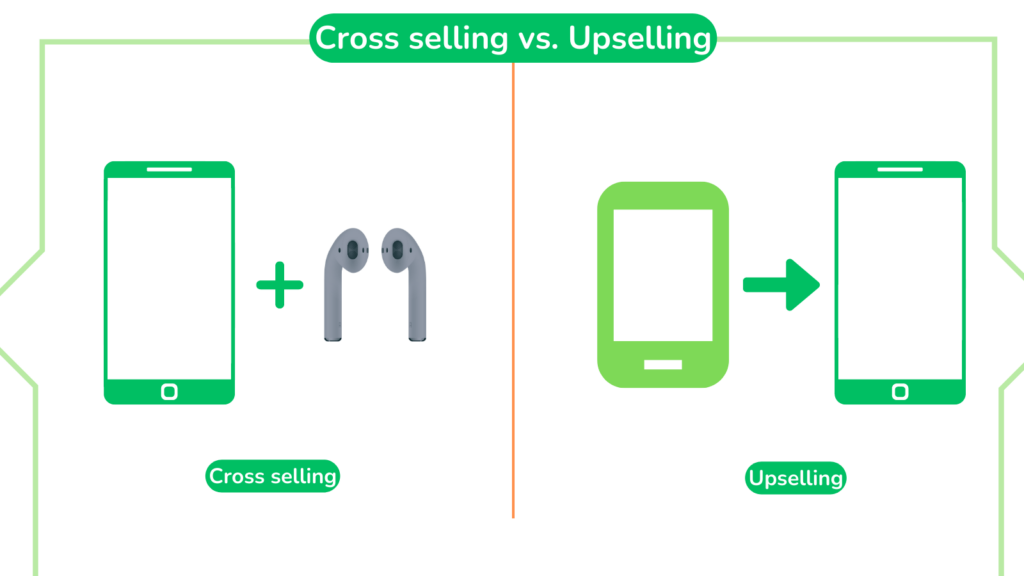
According to a report, “37% of marketers shy away from upselling and cross-selling” And, without it, building a selling pipeline can be challenging. Therefore, this can be a great opportunity for your business to capitalize on.
To cross-sell, upsell, and build a solid sales strategy based on these you can follow our tips shared below.
- Know your audience: Understand customer needs and preferences through buyer personas, data analysis, and feedback. Tailor your approach accordingly.
- Understand the customer journey: Find chances to suggest extra products or services that go well with what customers are already buying. Look at their shopping habits and behavior to see when they might be open to buying more. Mapping out their journey helps figure out the perfect time to suggest these extras.
- Identify related products: Select appropriate products to cross-sell by offering related items or analyzing past purchase trends.
- Create bundles: Increase sales by offering discounted bundles of related items, encouraging customers to make larger purchases. Bundling introduces customers to new products and boosts product visibility.
- Use multiple channels: Utilize various channels such as email, social media, and in-person sales to maximize cross-selling opportunities. SMS marketing and social selling can be effective strategies.
By properly utilizing these strategies, you can boost your profits and enhance customer loyalty.
How cross-selling vs upselling works for a support agent with examples
Here are a few examples of cross-selling and upselling through support tickets by leveraging personalization and providing relevant recommendations.
Cross-selling
Ticket 1: A customer submits a ticket about a smartphone battery issue.
Cross-Selling: After addressing their battery concern, we might recommend a portable power bank as an additional purchase. We would explain how it can provide extended battery life on the go and enhance their overall mobile experience.
Ticket 2: A customer reaches out for assistance with a laptop overheating problem.
Cross-Selling: After providing troubleshooting steps, we might recommend a laptop cooling pad to prevent overheating in the future. We would explain how it helps maintain optimal performance and prolongs the lifespan of their device.
Upselling
Ticket 3: A customer contacts support for help with a fitness tracker syncing issue.
Upselling: While addressing their concern, we could suggest upgrading to a newer model with enhanced connectivity features. We would emphasize how it offers seamless syncing, additional tracking capabilities, and an improved user experience.
Ticket 4: A customer inquires about a software feature limitation.
Upselling: Along with resolving their query, we could suggest upgrading to a premium subscription plan that unlocks advanced features. We would highlight the additional functionality they can access and how it can streamline their workflow and productivity.
Wrapping up
Upselling, cross-selling, and other product recommended marketing tactics are responsible for increasing sales by 20 percent and 30 percent. – McKinsey
Finally, successful cross-selling and upselling require strategic timing, data-driven approaches, and customer-centricity. Testing different strategies can lead to improved sales outcomes, differentiation, and increased revenue for your business.
Thank you for your time!





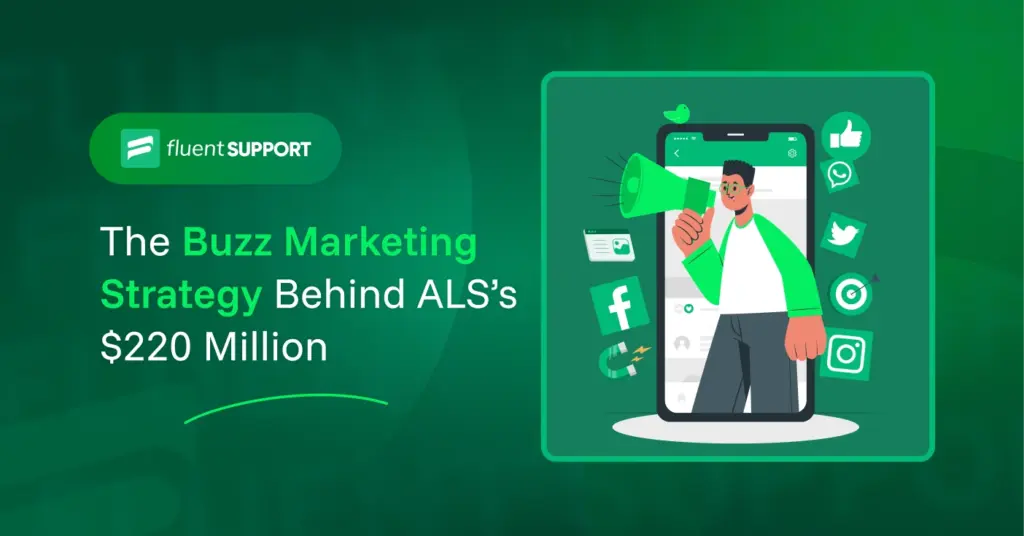

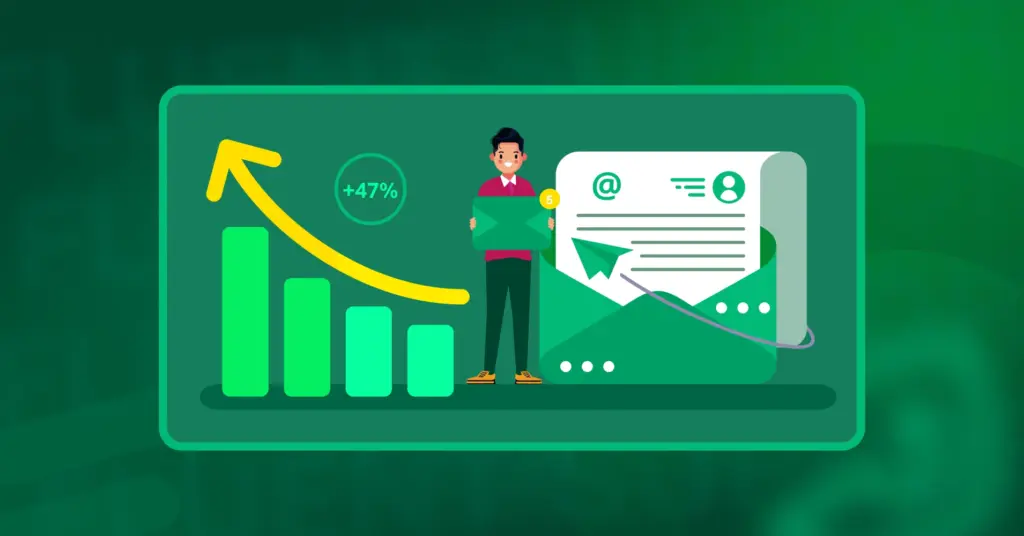
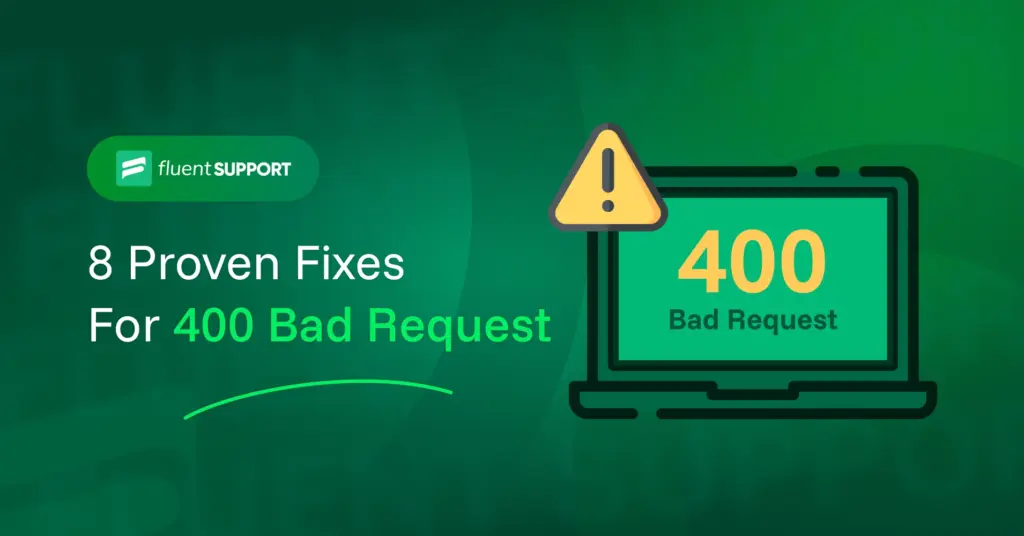
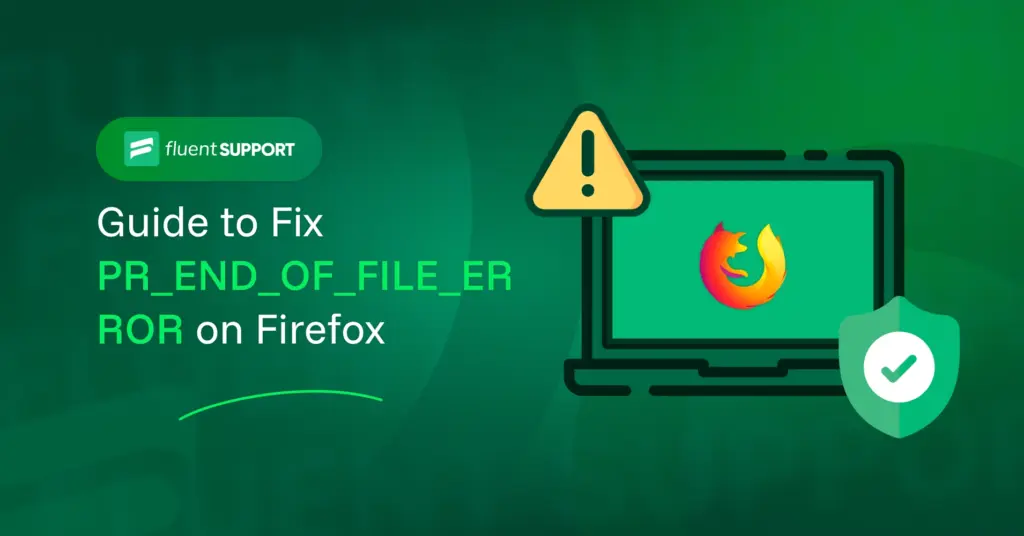
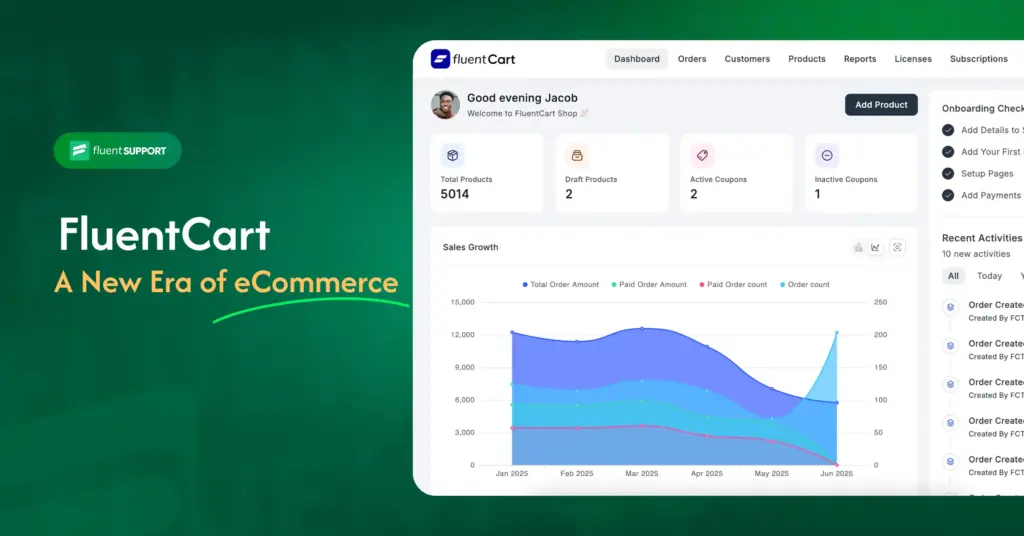

Leave a Reply